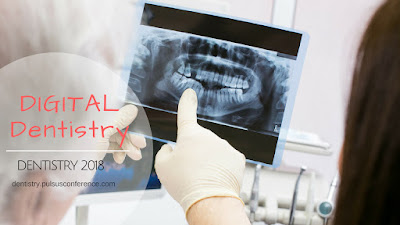Titanium as a Bio-Material
Titanium is a strong and lightweight refractory metal. It is a lustrous transition metal with a silver color, low density, and high strength. Titanium is also formidable in its resistance to corrosion by both water and chemical media.It does this by forming a thin layer of titanium dioxide (TiO2) on its surface that is extremely difficult for these materials to penetrate.Having a low modulus of elasticity means that titanium is not also very flexible, but returns to its original shape after bending, resulting in its importance to shape memory alloys.

Titanium is non-magnetic and biocompatible (non-toxic, non-allergenic), which has led to its increasing use in the medical field.
An ideal biomaterial is expected to exhibit properties such as a very high biocompatibility, that is, no adverse tissue response. Also, it must have a density as low as that of bone, high mechanical strength and fatigue resistance, low elastic modulus and good wear resistance. It is very difficult to combine all these properties in only one material.
It is now the metal of choice for prosthetics, internal fixation, inner body devices, and instrumentation. Titanium is used from head to toe in biomedical implants. One can find titanium in neurosurgery, bone conduction hearing aids, false eye implants, spinal fusion cages, pacemakers, toe implants, and shoulder/elbow/hip/knee replacements along with many more.
Pure titanium (Ti CP) and extra low interstitial Ti-6Al-4V (ELI) are the two
most common titanium base implant biomaterials. These materials are classified as
biologically inert biomaterials. As such, they remain essentially unchanged when implanted into human bodies. The human body is able to recognize these materials as foreign and tries to isolate them by encasing it in fibrous tissues. However, they do not promote any adverse reactions and are tolerated well by the human tissues.
Ti-made hip balls and sockets (as a joint replacement) could stay in patients’ body for more than 20 years. Furthermore, Ti has the inherent ability to osseointegrate, which enable Ti to be used for orthopaedic implant applications .

In order to replace a missing tooth, a lot of materials, such as cobalt–chromium (Co–Cr, Vitallium) and stainless steel, had been attempted to make an implant. The development of materials science and technology improved the materials for implant application. Nowadays, Ti becomes the most popular implant material due to its advantages.
Ti is widely and successfully used as an implant material primarily due to various factors. Ti is biologically inert, able to bond with osteoblasts and has excellent biocompatibility. The spontaneously formed oxide layer, i.e. Ti oxides (TiOx) as film, is very stable and could separate the bulk Ti material from its surrounding. Thus, Ti has a high ability to resist the corrosion.

Titanium is a good choice for intraosseous applications not only due to the biocompatibility, but also mechanically titanium could be processed and machined in a rapid manner such that the shapes and sizes could be easily controlled. Nevertheless, one of the disadvantages of the titanium could be the aesthetic problem since Ti is grey in colour, such that the dark colour would be seen through the thin mucosa if the soft tissue situation is not optimal.


Comments
Post a Comment